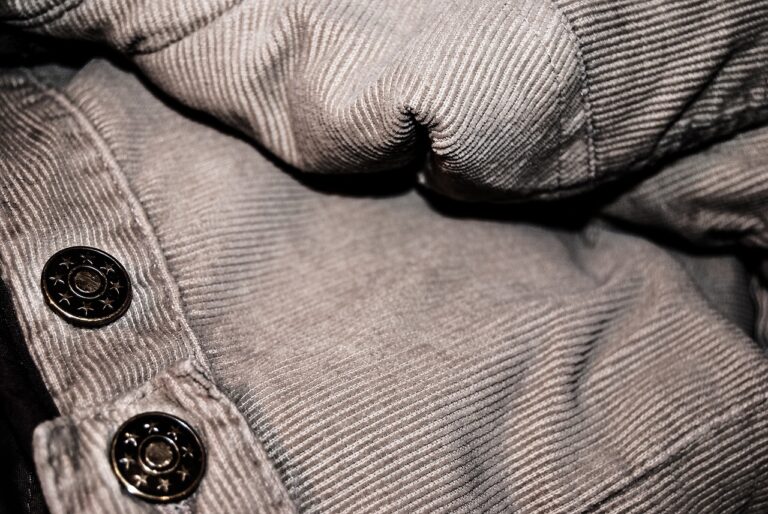Fashion and Social Change: Clothing as a Form of Protest
Fashion has played a significant role in various social movements throughout history. From the suffragette movement of the early 20th century to the civil rights movement of the 1960s, clothing has been used as a form of expression and protest. The choice of clothing, colors, and styles has often conveyed powerful messages and united individuals in their cause.
In recent years, the intersection of fashion and social movements has become increasingly prominent. Activists and designers alike are using fashion as a platform to raise awareness about important social issues such as gender equality, environmental sustainability, and LGBTQ rights. Fashion shows, campaigns, and collaborations now serve as powerful tools for amplifying voices and advocating for change.
History of Clothing as Protest
Protest movements throughout history have utilized clothing as a powerful tool for expressing dissent and advocating for change. From the suffragettes donning white dresses to represent purity and righteousness to the Black Panther Party members sporting black leather jackets as a symbol of resistance, clothing has been intricately woven into the fabric of social activism.
In the 1960s, the hippie counterculture movement made tie-dye shirts and bell-bottom pants iconic symbols of peace and anti-establishment beliefs. This era also saw activists wearing military-style clothing to challenge the Vietnam War and advocate for peace. The act of deliberately choosing specific garments or styles to make a statement continues to be a prevalent form of protest in modern times.
Symbolism in Protest Fashion
Symbolism in protest fashion is a powerful tool that activists have used throughout history to convey their messages and beliefs. From bold colors to meaningful icons, every aspect of protest attire is carefully chosen to make a statement. Clothing has the ability to spark conversations, raise awareness, and empower individuals to stand up for what they believe in.
In recent years, symbolic fashion has become even more prominent in social movements around the world. Activists often use clothing as a way to express solidarity, unity, and resistance against injustice. By wearing certain garments or accessories, individuals can show their support for a cause and send a clear message to those in power. Fashion has the unique ability to bring people together and amplify the voices of marginalized communities, making it an essential aspect of modern activism.
What role does fashion play in social movements?
Fashion can serve as a powerful tool for self-expression and activism in social movements. Clothing can communicate messages, spark conversations, and visually represent the values and beliefs of a particular cause.
How has clothing been used as a form of protest throughout history?
Clothing has been used as a form of protest throughout history to challenge social norms, express dissent, and advocate for change. From suffragettes wearing white to symbolize purity and unity, to punk rockers using ripped clothing to rebel against mainstream society, clothing has long been a means of resistance.
How does symbolism play a role in protest fashion?
Symbolism in protest fashion can be seen through the use of colors, patterns, slogans, and imagery that convey specific messages or evoke certain emotions. For example, the color black is often associated with mourning and resistance, while slogans like “Black Lives Matter” or “Nevertheless, She Persisted” communicate powerful messages of empowerment and solidarity.







